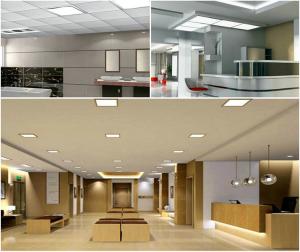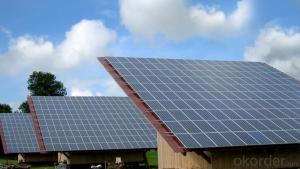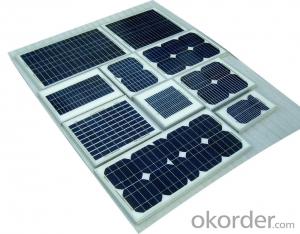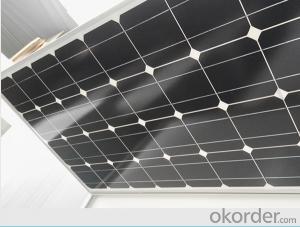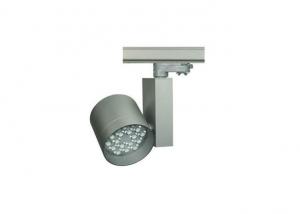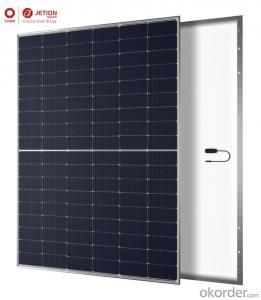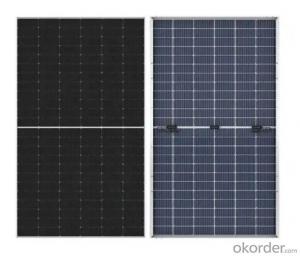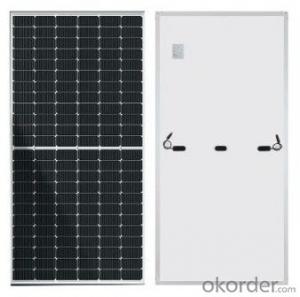36 Volt Solar Inverter
36 Volt Solar Inverter Related Searches
Best Inverter Solar Panel Solar Panel On Roof Rack Inverter To Solar Panel Ratio Solar Panel Decking Lights Solar Panel Inverter Box 1000 Watt Solar Panel Inverter 12 Volt Solar Panel Inverter Plastic Solar Lanterns Buy Solar Panel Inverter Solar Panel Inverter CostHot Searches
Type Of Inverter For Solar Types Of Inverter For Solar Used Solar Inverter For Sale Inverter Size For Solar System Solar Edge Inverter For Sale 5kw Solar Inverter For Sale Solar Inverter For Sale Solar Inverter For Battery Solar Inverter For Split Ac Solar Inverter For Laptop Solar Inverter For Fridge Solar With Inverter Price Solar Inverter With 2 Battery Solar Inverter Price In China Best Solar Inverter In China Solar Inverter Price In Dubai Solar Inverter Price In Uae Solar Inverter Price In Kenya Solar Inverter Price In Kerala Solar Hot Water Collectors For Sale36 Volt Solar Inverter Supplier & Manufacturer from China
Okorder.com is a professional 36 Volt Solar Inverter supplier & manufacturer, offers integrated one-stop services including real-time quoting and online cargo tracking. We are funded by CNBM Group, a Fortune 500 enterprise and the largest 36 Volt Solar Inverter firm in China.Hot Products
FAQ
- We have LED at the output of 40 watts and is used for 0 hours giving us 400 Watts-hr of energy consumed.Rechargable batteries needed are 2 V. 400/2 gives us 34 Ampere-hour battery needed. If we want it for 3 days, It would be 34x3=00 Ah. So the battery needed 00 AhNow how do I select the solar panel which can charge this/these batteries? What should be its rating?
- Be aware that you cannot discharge the full capacity of a lead-acid battery without destroying the battery. With a normal battery of this type, you would only want to discharge about 20%, so you would need a 70 AH battery bank. For the 3-day requirement, 500 AH. This is still within reason. If you didn't have the 3-day requirement, you might consider going with NiMH batteries. Back to the 500 AH bank, you would usually charge at at least 5% C, or 25 amps. At the 5 volts that you need for charging, this is 375 watts. Possibly you could go as low as 200 watts.
- How often do solar panels need to be replaced or repaired roughly? Is it costly to do so?
- Maintenance Of Solar Panels
- Yes, solar panels can be used for charging laptops or smartphones. By converting sunlight into electricity, solar panels can provide a sustainable and renewable source of power to charge electronic devices.
- Photo-Voltaic solar panels are very expensive. Most of a home's energy needs are for heating water, heating and air-conditioning. All of these can be met with thermal solar collectors which are much less expensive. The thermal solar panels would heat water stored in a hot water tank which then can be used as hot water, to heat the home, or as the heat source to a Lithium Bromide Absorption chiller to air-condition a home. With the base line needs met without expensive panels and without inefficient energy conversions, only a small Photo-Voltaic array would be needed for the remaining power needs and since those needs are variable, there would still be power to sell to the grid.
- I agree with you John and for the same reason already put forth as a negative. Solar thermal is a more mature technology. This is the reason why I spent so much of the last winter studying it. I can be reasonably sure that what I learn will not be obsolete tomorrow with a new technological breakthrough. I built a solar addition/greenhouse to personally study the effects. So solar thermal panels are not the only way to go. With respect to electrical production. I have seen parabolic reflectors coupled to stirling engines and solar thermal trough heaters used to supplement steam generation for alternatively gas fired steam / electrical generation plants. On a trip to China over 4 years ago I noticed solar hot water vacuum tube collectors being sold in their local hardware and big box style stores. These were gravity fed package units intended to have the tank on the roof with a supplemental electric backup. The vacuum tube collectors seem to be one of the latest innovations in this technology. Using phase change materials temperatures in these panels can be produced in excess of 400 deg F. and they are useful in colder temps and on cloudy days. While they are still costly for many applications, I have been discussing the use of vacuum tube collectors with the owner of a laundrymat. Solar thermal will not pay back as well as conservation in many cases of older construction, but it currently seems better than photovoltaic panels. Solar thermal requires more understanding of systems and relative efficiencies. In one way solar thermal is more like the electric car while the internal combusion engine is like photovoltaic. The idea of producing electricity from the sun is a sexier idea. It is also more in line with our paridigm of: just producing lots of energy and to H with any conservation efforts. For that reason it seems to get more press.
- Yes, solar panels can be used for heating water. Solar water heating systems utilize the sun's energy to heat water for domestic or commercial use. These systems typically consist of solar collectors, which absorb sunlight and convert it into heat, and a storage tank to store the heated water.
- Yes, there may be restrictions on installing solar panels in certain areas. These restrictions can vary depending on local regulations, homeowner association rules, and building codes. Some areas may have permit requirements, aesthetic guidelines, or zoning restrictions that limit the placement, size, or visibility of solar panels. It is important to research and comply with these regulations before installing solar panels in any specific location.
- Yes, solar panels can be used in areas with frequent power outages. Solar panels generate electricity from sunlight, so as long as there is sunlight available, they can continue to produce power even during power outages. Additionally, solar panels can be equipped with battery storage systems to store excess energy generated during the day for use during periods of low sunlight or power outages, making them a reliable source of electricity in areas with frequent power disruptions.
- Yes, solar panels can be installed on a garage or carport. In fact, these structures often provide ideal locations for solar panel installations, as they typically have sufficient space and exposure to sunlight. Adding solar panels to a garage or carport can help generate clean energy, reduce electricity bills, and provide shade or shelter for vehicles or outdoor activities.





